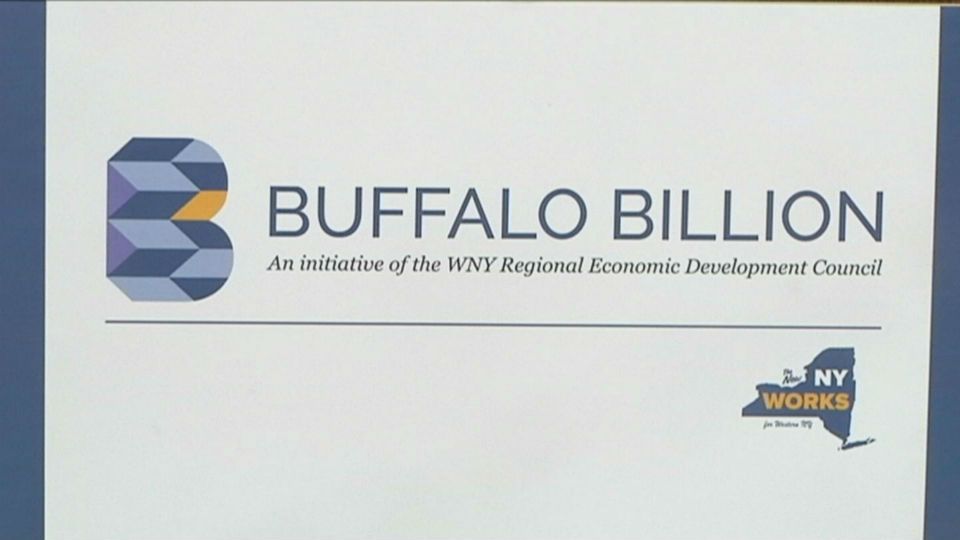BUFFALO, N.Y. — The rate of positive coronavirus tests in a community is the primary statistic the state is using to decide which communities should be so-called yellow, orange or red micro-cluster zones.
A large part of Erie County was designated a yellow zone this week.
"That's an attempt by the governor, and I think a good attempt, to try to slow things down," University at Buffalo Doctor Peter Winkelstein said.
Winkelstein, who chairs the workgroup that is analyzing COVID-19 statistics in Western New York, said there are problems with only looking at positivity rate.
"Of course, if you only test sick people your positivity rate is going to probably be pretty high because you're testing sick people. If you only test people who have no symptoms then your positivity rate is going to be lower because you're leaving out the sick people," he said.
However, Winkelstein said he has no reason to question the positivity rate spike over the last few weeks and days, because regardless of whether the people being tested have symptoms or not, the composition of the test pool is likely stayed the same.
"It looks to me like we're testing about the same which means the increase in the positivity rate is real and worse than that, the positivity rate is not so high that we're not testing enough," he said. "That indicates that we're not testing enough and we're missing cases."
The doctor said as Erie County begins to test more under the state's direction, including in schools, the total number of positive cases will likely increase significantly even as the rate may goes down.
"It's about sampling," Winkelstein said. "If we can do good widespread sampling, so-called surveillance sampling, that will give us a much better sense of what's going on in the community."
He said positivity rate is also an important statistic to look at as the state makes decisions because it usually goes up a few weeks before hospitalization rates go up.
"The idea is to get ahead of it because we don't want to be in a position where our hospitals are under threat of being overwhelmed," he said. "We're nowhere near that right now but that's obviously the thing we want to avoid."
Winkelstein said there is no one number that tells the whole story, but the more testing there is the better communities can get a grasp on where they stand.
He said it will be important for the state to provide testing resources.









